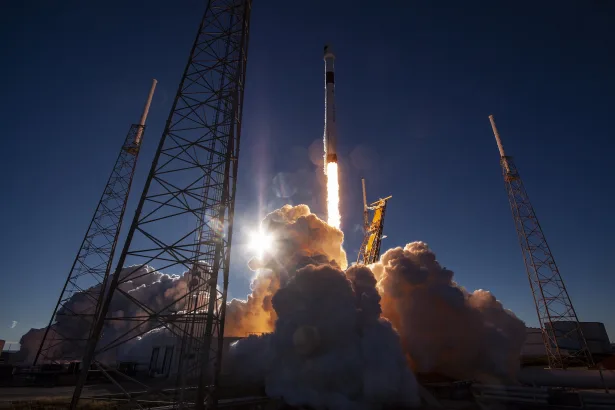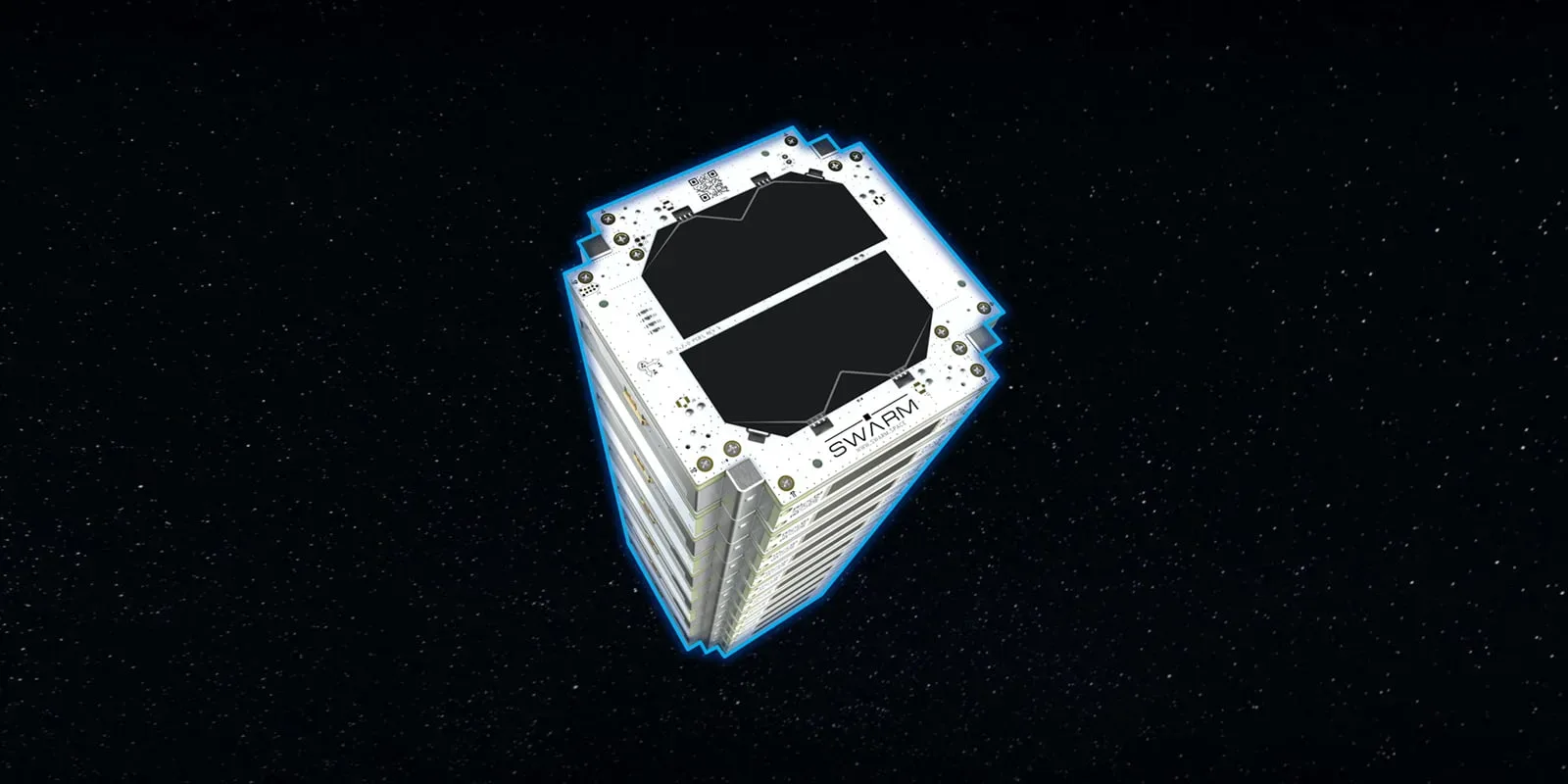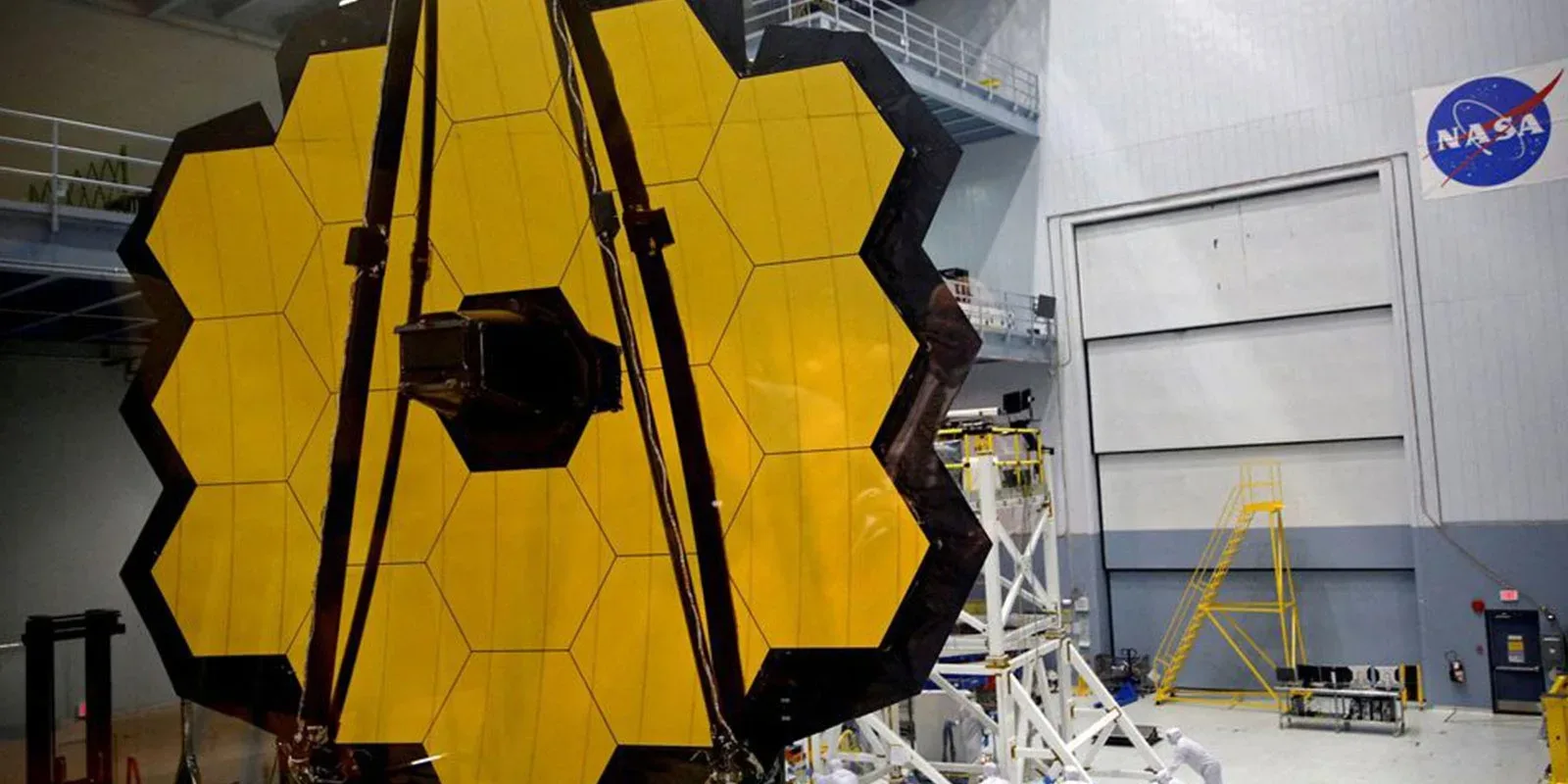SpaceX has worked with the US military in the past. However, their most recent endeavor is launching a SpaceX rocket carrying a U.S. military navigation system, their first real national security space mission for the United States.
SpaceX launched a next-generation GPS III satellite into space onboard a SpaceX Falcon 9 rocket. Officials have named the spacecraft “Vespucci.” This new satellite will hopefully be a major boost to the Global Positioning System (GPS) of the US government. It soared into space on December 23 at 8:51 am EST from Cape Canaveral Air Force Station in Florida. The liftoff finally happened after weeks of delays.
Vice President Mike Pence is the new chairman of the National Space Council. He said to spaceport workers:
“The most important thing is that we get that rocket up safely and securely and it achieves its mission. I know this bird is going to fly and when it flies, it’s going to make a difference for the security and prosperity of the American people.”
Vespucci
After weeks of delays, weather and system conditions were finally appropriate for liftoff yesterday. A little before 6 a.m. PT, the SpaceX official Twitter account simply tweeted ‘Liftoff!’ as an announcement.
Liftoff! pic.twitter.com/pi78HVFs6J
— SpaceX (@SpaceX) December 23, 2018
They nicknamed the spacecraft “Vespucci” after the Italian explorer.
Within 2 minutes and 48 seconds of liftoff, the spacecraft had already drifted past the dense lower atmosphere. The booster fell off as the first stage engines shut down. Then the second stage engines came to life as planned. Like regular flights, the first stage engines did not bring the rocket back to Earth. The satellite was loaded with enough fuel to launch it into an elliptical orbit instead of a landing.
Eight minutes after the launch the spacecraft was in preliminary orbit. A second firing happened an hour later, and the launch was complete. Two hours into the mission, the satellite had been released to fly on its own.
Lockheed Martin is the contractor that built the GPS satellite.
Next Generation GPS
The next generation satellite onboard is a GPS III SV01 satellite. Current GPS satellites are still maintained by the US Air Force – when a user allows the device to access its location or asks for directions, those GPS satellites are what we tap into.
This newest satellite will hopefully be the first in a series of new satellites that will drastically improve GPS. These improvements will include less susceptibility to jamming. For this to work, the satellite would need broadcast a much stronger signal. It will be the first to be broadcasting four civil signals. It will also be the first to undergo launch and control checkout with the new OCX Block ground control system under the US Air Force. The new GPS will also have a longer lifespan and will be more accurate.
Johnathon Caldwell, the vice president for navigation systems at Lockheed Martin, said in a statement:
“This is the Air Force’s first GPS III, so we are excited to begin on-orbit test and demonstrate its capabilities. By this time next year, we expect to also have a second GPS III on orbit and users should be receiving signals from this first satellite.”
GPS III SV01 could become the first of a dozen similar satellites. The future looks bright for GPS, and possibly continued cooperation between SpaceX and the US military.





Share Your Thoughts